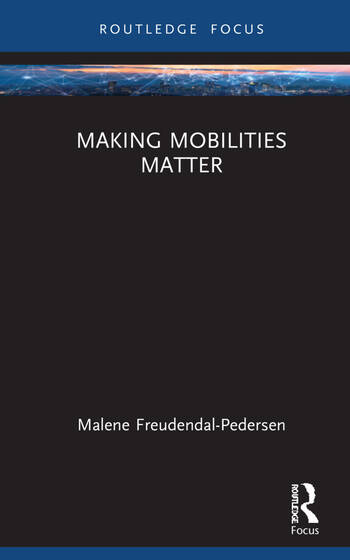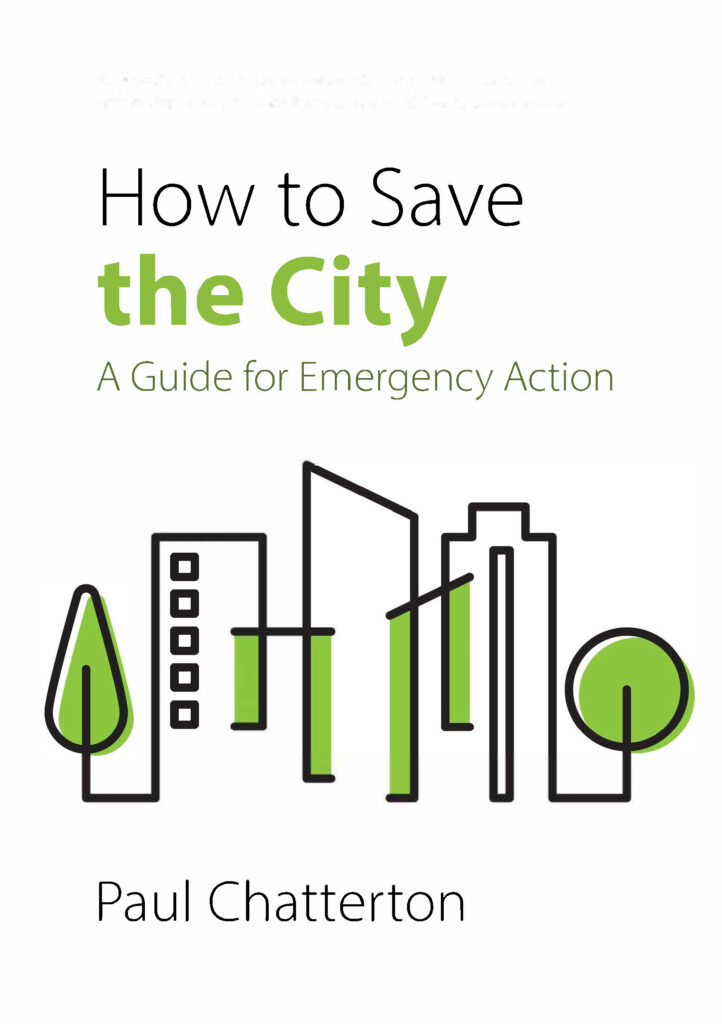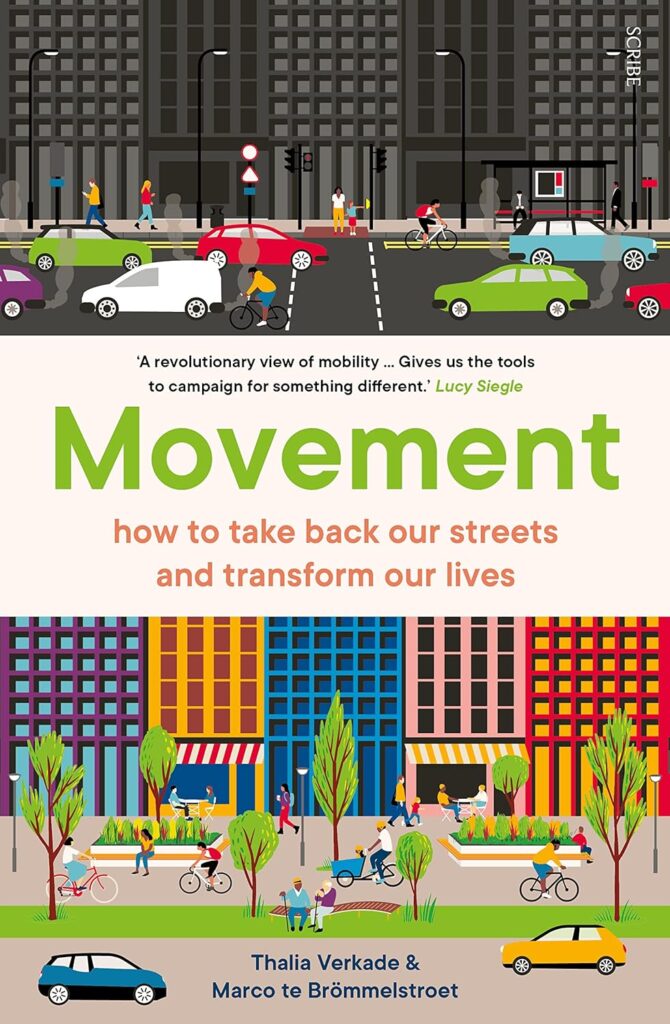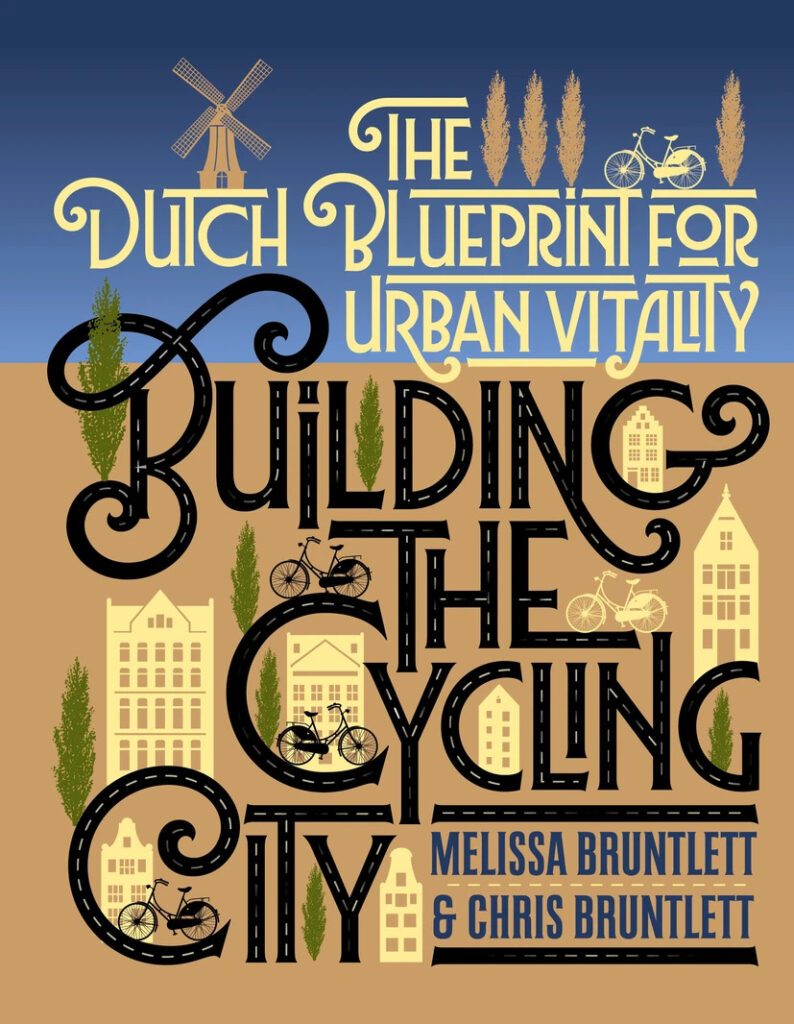“Community captures essential emotions and plays a significant role in the making of meaning in everyday life, an understanding of which is essential if we wish to create sustainable urban mobilities in the future”

What is it about?
How can we understand our mobile lives in the context of everyday life? And what is the role of the planning policy in tackling climate change in the mobile urban situation?
Making Mobilities Matter raises essential questions around the interconnection between everyday practice and policy and planning in urban mobilities. It is one of the series (for a full list of titles in this series, visit: https://www.routledge.com/Changing-Mobilities/book-series/) which explores the transformations of society, politics, and everyday experiences wrought by changing mobilities, and the power of mobilities research to inform constructive responses to these transformations.
what is mobilities?
First of all, I need to clarify the term “mobilities” for some readers who are not familiar with it. According to the “new mobilities paradigm“(Sheller & Urry, 2006; Cresswell, 2006), coined also as the “Mobilities turn”, we cannot understand people, things, and ideas only as rooted in specific places; we must also pay attention to the movements, flows, and networks that connect humans to each other and to non-humans (Jaffe & Koning, 2017) in which our urban situation was created by mobility. Mobilities include physical movement, representations of movement, and embodied and experienced aspects of movement (Cresswell, 2010) that emphasize how different forms of movement, whether physical or virtual, are interconnected and produce and reproduce each other (Freudendal-Pedersen, 2022: 15) in our mobile lifeworlds.
In this book, Malene Freudendal-Pedersen attempts to develop a theoretical framework for understanding everyday life and its mobilities in a “mobile risk society” (which is not bound by national borders) and offers an innovative perspective emotional aspect of mobilities and critiques the technocratic views that dominate transport politics and research. The author believes that there is a significant question: how can we define the role of everyday urban life in shaping mobilities in different cultural contexts? And the main key point is that “everyday mobilities are routinized practices” (Freudendal-Pedersen, 2022: 13). The author believes that the starting point for changing the current urban mobility system toward more sustainable mobilities is understanding routinized everyday mobilities practices within the interconnection between urban planning and policy that is essential in battling climate change. he main idea for the author is to leave aside the issue of climate change, which often produces guilt, and instead focus on the concept of Right to the City to focus on the positive emotions related to the form and shape of everyday life in future cities.
This book is divided into six chapters covering the institutional material arrangements surrounding everyday mobilities and the practical and emotional aspects. In the introduction, she explains his community-based approach to mobilities. Chapter 2, Voicing everyday life, provides a theoretical framework for understanding everyday life and mobilities. In chapter 3, Planning for technology or people—the human scale, the author attempts to introduce new understandings of the interconnectedness between the city, its mobilities, and the people using them. By reading this chapter, the statement of Jensen (2013) comes to my mind: “urban mobility is not only the outcome of staging “from above” by planners, engineers, and designers, but also of staging “from below” by people themselves as they move throughout the city, performing and acting out their role as mobile actors”.
Chapter 4, Communities on the move, discusses being part of a community as a spatial phenomenon and its embodied experience that always entails mobilities. In chapters 5, Emotions and utopias, the focus is on the emotional aspect of mobilities in everyday life, always present but often overlooked, to elaborate on the significance of emotions when planning for future sustainable mobilities. Chapter 6, Futures, discusses the prospects for urban mobilities in the future and how these issues are vital in battling climate change.
What approach does it take?
The author critiques the dominant utility-based technocentric approach to transportation in urban planning and policy to make room for a more inclusive subject-oriented approach. Her goal is to achieve a better understanding of the mobilities culture by engaging with the mobilities of everyday life and creating new utopias about everyday life by focusing on storytelling and communicative planning. She returns to the concept of “communities” because of this approach’s emotional and meaningful aspects that provide essential ontological security to everyday lives and change practices to create future cities for people.
“Community captures essential emotions and plays a significant role in the making of meaning in everyday life, an understanding of which is essential if we wish to create sustainable urban mobilities in the future”
Freudendal-Pedersen, 2022: 19
Who might be interested in this book?
The book will appeal to anyone seeking to understand the interconnection between mobilities and everyday practices and discover the role of mobilities in tackling climate change. Broadly, the book attempts to strengthen the impact of mobilities research related to urban planners, policymakers, activists, change makers, and refreshers who pay attention to climate change by focusing on mobilities.
Further details
- Academic disciplines: mobilities, urban planning and design, urban sociology and anthropology.
- Geographical scope: Empirical material from Denmark, but outputs are relevant to both Global North and South.
- Relation to cycling: Freudendal-Pedersen looks at cycling from a community-based perspective which is produced and re-produced by everyday cycling practices and creates climate-friendly cities. Her perspective helps us to look at cycling from the everyday perspective and discover its power in tackling climate change.
- Reference (APA): Freudendal-Pedersen, M. (2022). Making Mobilities Matter. Routledge.
Reference in text:
- Jensen, O.B. (2013). Staging Mobilities (International Library of Sociology). Routledge.
- Jaffe, R., & Koning, A. (2016). Introducing urban anthropology. Routledge.
- Cresswell, T. (2010). Towards a politics of mobility. Environment and Planning D 28(1): 17–31.
- Sheller, M., & John, U. (2006). The new mobilities paradigm. Environment and Planning A 38: 207–226.
- Cresswell, T. (2006). On the Move: Mobility in the Modern Western World. New York and Oxford: Routledge.



